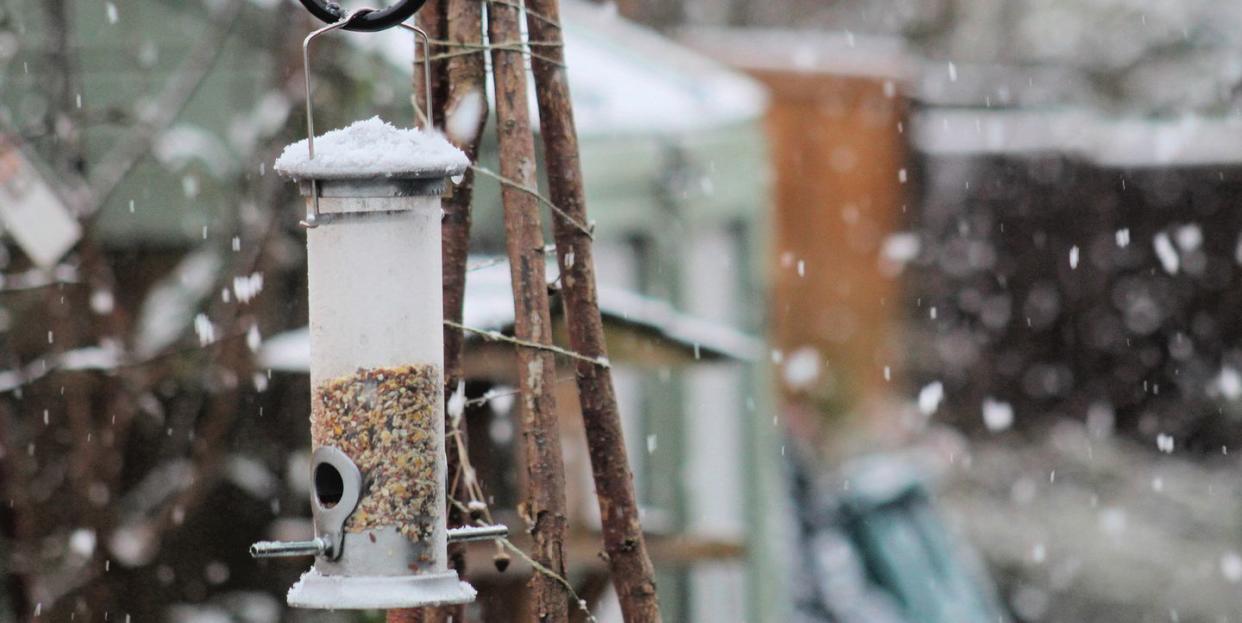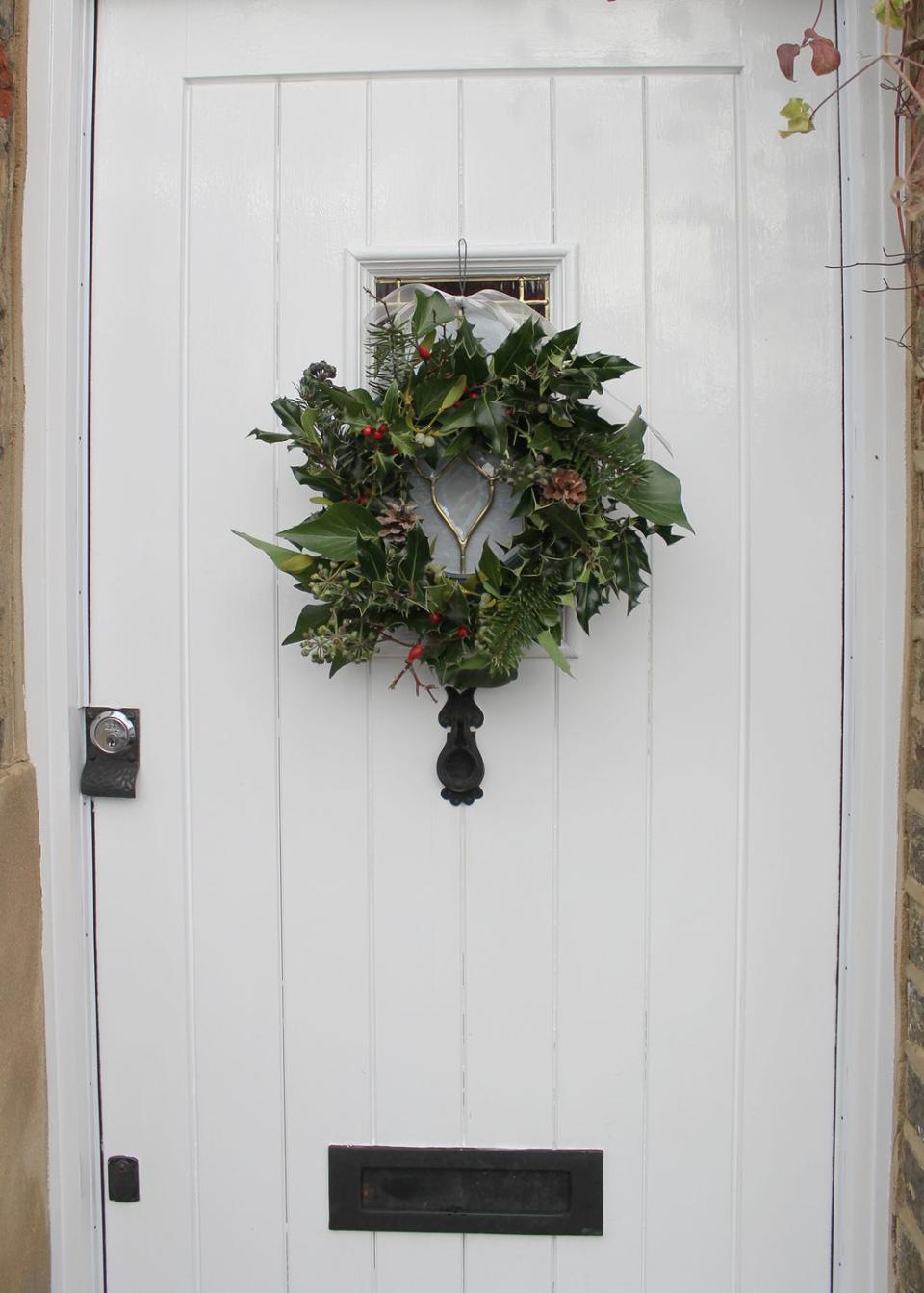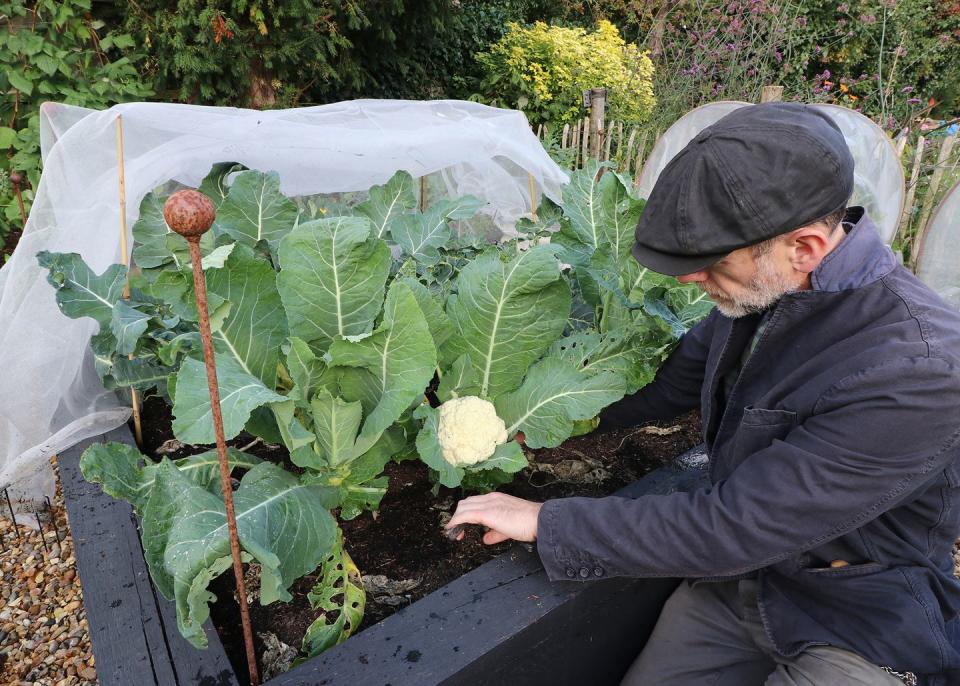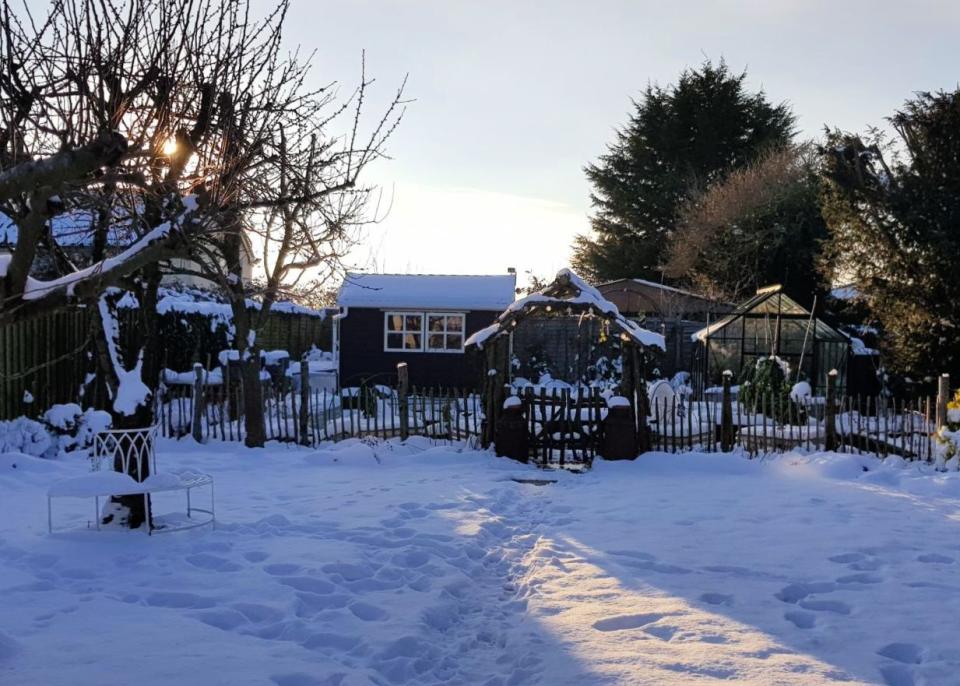10 jobs to do in the garden in December

A guide to what to do in the garden in December, including festive foraging and decorating, Christmas vegetables, winter maintenance and seed sowing.
The smell of a winter spruce, the warming taste of a spiced mulled wine, and a seasonal wreath hanging from the front door; there’s no doubt the festive season is upon us. This may be the darkest month, but it won’t be long before the days begin to unfurl, lighting the way to spring.
For many of us, it’s a time to reflect on the year’s gardening successes and failures, as well as thinking about what we’ll do differently next season, but there are also a few jobs you can be getting on with.
Christmas
1. Christmas tree
Many of you will be thinking about Christmas trees, and it’s worth considering a potted pine tree. As consumers have become more environmentally-conscious, the demand for potted Christmas trees has steadily grown. As well as saving you money (with a little care, a potted tree can be brought back inside next Christmas), it’s the most eco-friendly option as it can be planted in your garden after the festive period, giving you and your family, not to mention the wildlife, great pleasure.
If you do opt for a pre-cut tree, don’t be too quick to bin it after the Christmas celebrations are over, as there’s still so much to gain from it. Shred it for chippings to spread on ericaceous plants, such as blueberries, or use it for garden paths. The branches can also make useful plant supports for peas and broad beans.
Read:
2. Christmas decorations
Why not create your very own Christmas wreath with garden-grown holly and ivy? Include evergreen cuttings, branches of crab apples and pyracantha berries. Or, use the cuttings for festive mantle and table displays. Don't forget a sprig of mistletoe hanging in a doorway.

3. Christmas colour
Bring the outside in and add festive colour to your home with amaryllis and hyacinths. These can be bought already potted up, so all you have to do is place them somewhere draught-free and out of direct sunlight, and remember to water them occasionally. In the new year, as the foliage retreats, these bulbs can then be planted out into the garden, providing you with seasonal colour for years to come.
4. Christmas vegetables
Many growers will be harvesting their veg for the Christmas Day menu, so keep the growing area weed-free, and remove any old and fallen plant debris. Also, check plants regularly for any sign of pests and diseases. Finally, keep horticultural fleece handy, as you may need to protect crops from falling temperatures and hungry wildlife. If you can refrain from harvesting your veg until the last minute, it’ll be fresher on the big day.
Read: This 12-month vegetable planting calendar is a grow-your-own essential

Winter garden maintenance
5. Pruning
With leaves now fallen, your deciduous tree structures are clearly visible. Think about the three ‘Ds’: dead, damaged and diseased, and prune any branches that fall under these categories, but remember to maintain the overall shape, and try not to prune too hard. Now is also a good time for pruning vines and acers, and if you have wisteria, prune now by cutting summer side shoots back to no more than three buds.
6. Mulch
Clear weeds, and mulch all growing beds. Not only will this help protect plants from the harsh weather, it will provide nutrients and suppress weeds. Bark chippings keep garden beds and borders looking sharp throughout winter, or consider using leaf mould or garden compost.
7. Walkways
Ensure paths and patios are safe to walk on by sweeping away leaves and fallen debris. To stop the build-up of slippery lichen, pressure wash the area.
8. Snowfall
Carefully remove fallen snow from greenhouses, structures and sheds with a soft broom and gently shake snow from your plants as the weight can cause damage. Avoid walking on frozen lawns as this can harm the grass.

Sowing
9. Flowers
It might be cold outside, but a heated greenhouse can give your seedlings a head start. Consider sowing geraniums, begonias and snapdragons. Fill a seed tray with peat-free compost, tamp down and sow seeds sparingly across the surface. Cover seeds thinly with compost and place whole tray into a larger tray filled with water. Allowing the compost to soak up the water from below prevents seed disturbance. Place somewhere warm and bright to germinate.
10. Herbs
Indoor herbs such as mint, chives and dill can also be sown this month. Try growing them in a container/pot on a sunny, kitchen windowsill for easy use.
Finally, if it’s too bitter outside to do any gardening, why not retreat to a comfy chair in front of a warming fire with a collection of seed catalogues. With a glass of something festive and a cheeky mince pie, you can create your gardening wish list for 2022.
You Might Also Like


